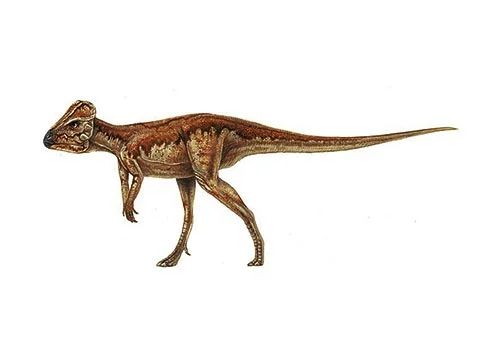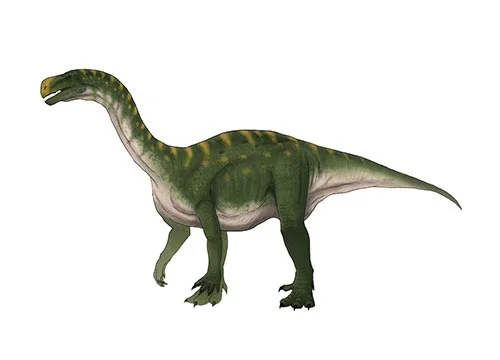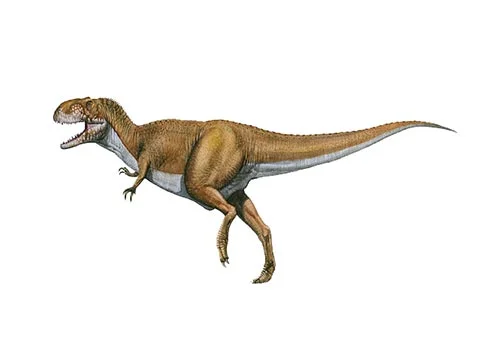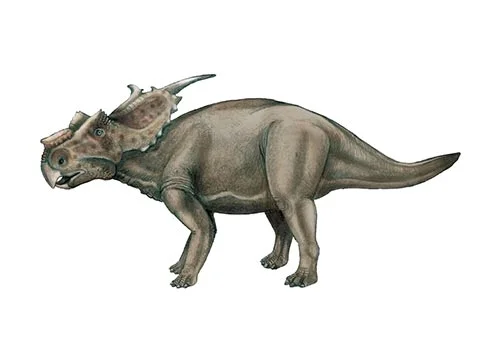Liaoceratops (Liaoning horned face)

Le-ow-seh-rah-tops
X. Xu, P. J. Makovicky, X. Wang, M. A. Norell & H. You -2002
Herbivore
Estimated 1meter long
Ceratopsian
L. yanzigouensis (type)
China, Liaoning Province - Yixian Formation
Late Cretaceous, 120 million years ago
Liaoceratops Facts
Liaoceratops is a genus of ceratopsian dinosaur that lived during the Late Cretaceous period, about 120 million years ago. Its name is derived from the Chinese province of Liaoning, where the first fossils were discovered, and the Greek word “ceratops,” which means “horned face.”
The type species of Liaoceratops is Liaoceratops yanzigouensis, which was described in 2002 by Xu Xing and colleagues. The fossils of Liaoceratops consist of a partial skull and postcranial skeleton, and suggest that it was a small, bipedal herbivore, about 1 meter (3.3 feet) long and weighing around 20 kilograms (44 pounds).
Liaoceratops is notable for its unusual skull, which has a unique combination of primitive and advanced features. For example, it has a small, parrot-like beak and a pair of long, curved, pointed horns above its eyes, as well as a frill at the back of its skull that is relatively short compared to other ceratopsians.
The discovery of Liaoceratops and other ceratopsians in Liaoning is significant because it provides evidence that ceratopsians were present in Asia during the Early Cretaceous, and helps to shed light on their evolution and biogeography. Prior to these discoveries, ceratopsians were thought to be exclusively North American dinosaurs.



